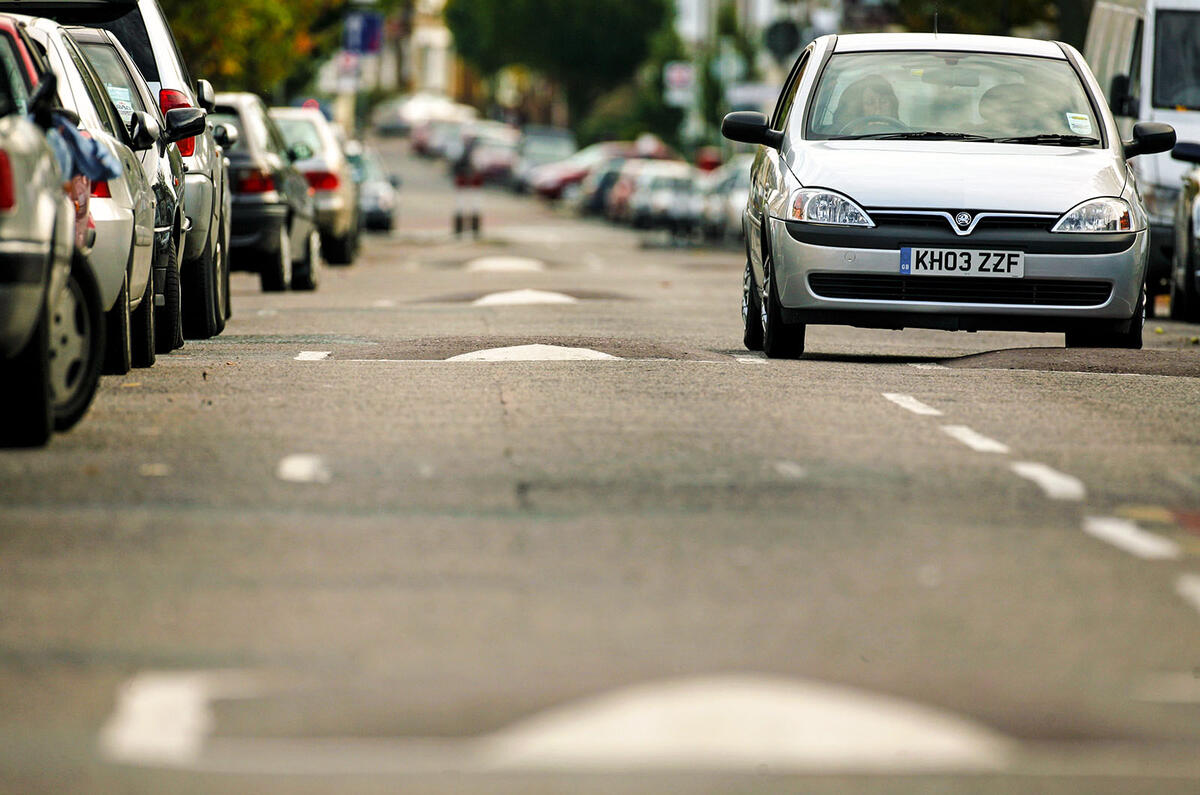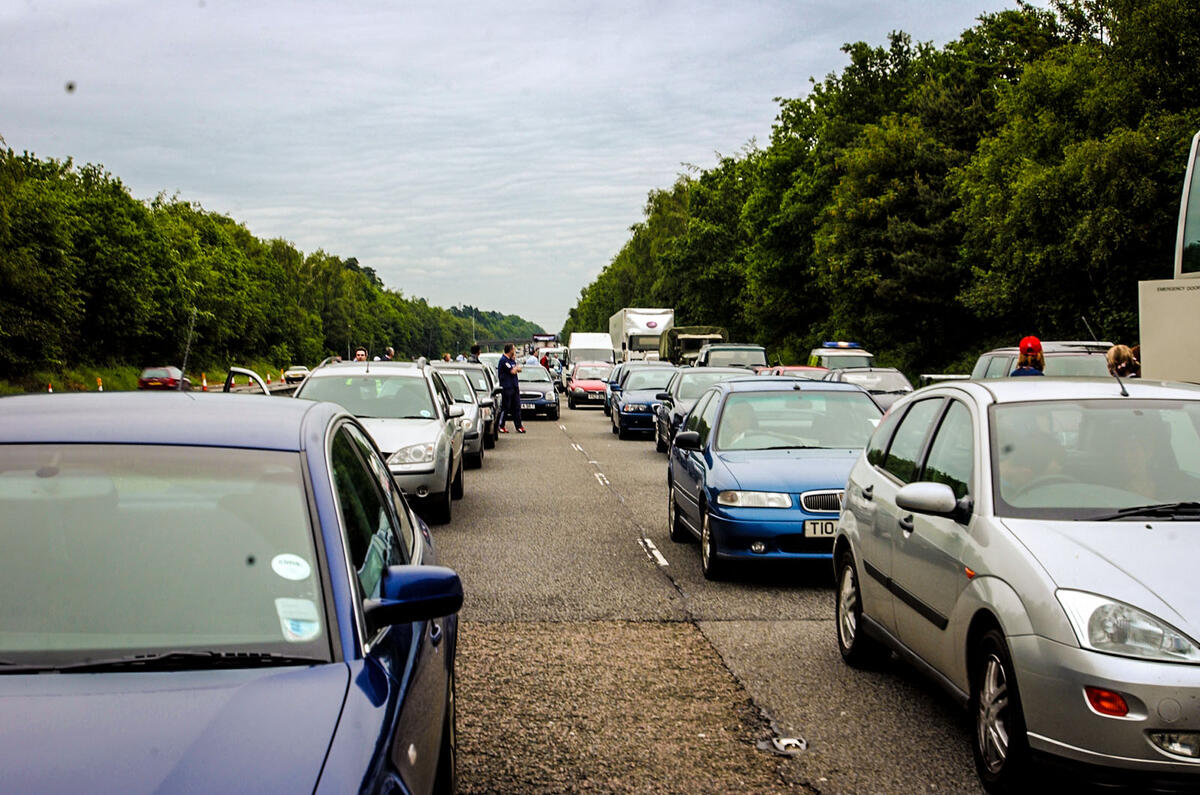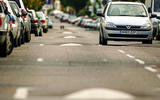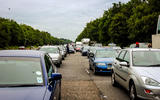Speed bumps in their current guise could be abolished after a health group linked the traffic calming measures to 25,000 deaths a year caused by pollution as a result of frequent acceleration and deceleration.
Read our thoughts on traffic calming measures and the worst-affected cars by potholes
The National Institute for Health and Care Excellence (NICE), is calling for a redesign of the current speed bump, to ensure vehicles do not need to sharply decelerate and then accelerate, in order to cut air pollution in urban and residential areas.
NICE placed a large emphasis on the importance of driving smoothly to reduce air pollution in its report and targeted buses and lorries with the greatest need to avoid these sharp accelerations and decelerations.
As an alternative to existing traffic calming measures and speed enforcement measures on major roads, an extension of variable speed limits has also been recommended by NICE to “promote a smoother driving style”, much like the ones seen on the ever-growing ‘smart motorway’ network in the UK.
The group further advised reducing the amount of time drivers are allowed to spend with their engines idling by restricting it in certain places, such as outside schools. NICE claims the air pollution caused by this affects children and the elderly more than it affects others. A wider use of 20mph limits in residential areas is on NICE’s list of recommendations, too.
Read about motorway reforms here, and the public's reaction to them here
Paul Lincoln, chief executive of UK health forum and NICE guideline committee chair said: “Traffic-related air pollution is a major risk to the public's health and contributes to health inequalities.
“The NICE guidance sets out a strategic range of evidence-based practical measures to encourage low or zero emissions transport. This is very timely given the imperative to meet EU and national air quality standards.”
In addition to this, NICE has also observed the impact of the reduction of the speed limit on motorways to 50mph and considered the extra resources needed to enforce this. It described the impact as “highly cost effective at reducing air pollution”.
NICE’s list of recommendations is up for public consultation until the end of January 2017.








Join the debate
Add your comment
Answers on a ..............?
London sets the pace
Tech is available
5wheels wrote:
We could, it was tested years ago by the Motor Industry Research Association (MIRA). Politically, it would be suicidal, so it's not likely to happen for sometime.